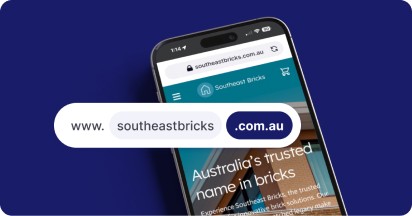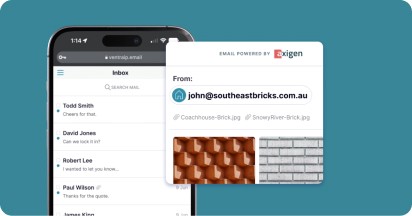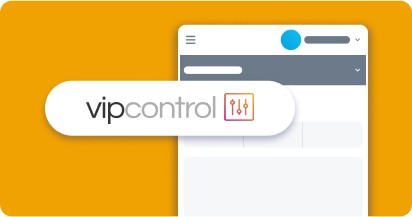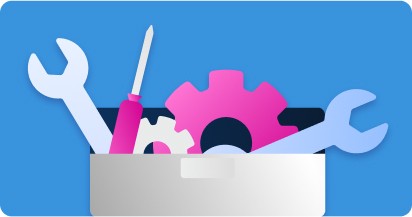
Browse by Popular

Domain Name
- What is a domain name?Eligibility criteria for registering .AU domain namesPremium domain names explained

Web Hosting
View All
Email Hosting
View All
Google Workspace
- Getting Started with Google WorkspaceGoogle Workspace support resourcesTransferring an existing Google Workspace service to VentraIP

Account
- How do I reset my VIPcontrol password?How do I create a VentraIP account?How can I see who accessed my VentraIP account?

Troubleshooting
- How do I clear my browser cache?Troubleshooting a ‘500 internal server' errorTroubleshooting with a ping test
Cloudflare & Railgun cPanel Plugin Removal
We removed Railgun and the Cloudflare plugin for cPanel from our fleet of shared hosting servers. This FAQ article will outline why you can continue using Cloudflare and any other information you may need to know.
Why was Cloudflare functionality within cPanel removed?
Unfortunately, the cPanel plugin for shared hosting was no longer maintained by Cloudflare. Due to ongoing bugs and the lack of support we’ve received from Cloudflare on these issues, we feel it no longer meets the high standard of the services we strive to offer to our customers. In addition to this, many of our customers have found increasingly diminished value in using Cloudflare, as Cloudflare currently routes most Australian traffic on their free tier plans through an international point of presence, such as Singapore or the United States, which can significantly slow down your website for Australian visitors.
Railgun
We also discontinued our Cloudflare Railgun offering. Unfortunately, Cloudflare is no longer maintaining its API for managing hosting partners’ Railgun connections; this has led to a poor experience for our customers attempting to use the service. Those that wish to continue using Railgun will need to consider signing up with Cloudflare directly.
How can I continue using Cloudflare?
If you were using an entire zone set up within the Cloudflare cPanel plugin, you can log in directly to Cloudflare and manage everything within your account as usual. If you were using a partial CNAME setup within cPanel, you would need to sign up with Cloudflare directly and update your nameservers to continue using their services.
Am I using a full or partial zone?
The easiest way to tell is by checking your domain’s nameservers. If your nameservers are set to “EXAMPLE.NS.CLOUDFLARE.COM“, then you are using a full zone setup. If your nameservers are set to ours (for example, ns1.ventraip.net.au), you will most likely use a partial CNAME setup. If you’re still unsure, please don’t hesitate to submit an eTicket to our technical support team through your VIPcontrol account for clarification.
How do I disable Cloudflare entirely if I’m using a partial zone?
Removing your domain from using Cloudflare when using a partial zone is as easy as removing the WWW CNAME record, which will ensure traffic to your site will no longer go through Cloudflare.
To do this, go to cPanel → Zone Editor → Manage, and find the CNAME record that looks like ‘www.example.com.cdn.cloudflare.net’. Edit it to point to your root domain, such as ‘example.com’> Save.
If you have any concerns about doing this, please don’t hesitate to contact our technical support team via eTicket, and they can perform this change for you.
Can I still manage Cloudflare features if I’m using a partial zone now that cPanel integration is gone?
Yes, you can. If you log in to cloudflare.com, you will be able to manage all features. This may be necessary if you need to purge your Cloudflare cache, adjust SSL settings, etc. Essentially anything that you were previously performing in the Cloudflare cPanel plugin, you can also manage via the Cloudflare website. The only exception to this is DNS records which will need to be managed in cPanel’s zone editor.
With the removal of Railgun and Cloudflare, do you have any alternative suggestions on speeding up my website?
-
- One of the most significant improvements you can make to improve your site’s performance is to use a caching plugin. One of the best available is LSCache, as it integrates directly with the webserver, and it’s available on all of our new hosting services. We have an FAQ article that details how you can set this up for WordPress.
-
- Enable OpCache on your hosting service. OpCache is a PHP accelerator that stores precompiled PHP in shared memory, which reduces the need to compile PHP on each request – this can significantly reduce website load times. You can enable this on all our hosting services by cPanel > Select PHP Version > Tick’ opcache’.
-
- Upgrade your PHP version. There are plenty of excellent benchmarks online that illustrate just how significant a difference upgrading your PHP version can make when it comes to site speed. If you’re using quite an old version like PHP 5.6, you will most likely notice a difference when upgrading to 7.0 or higher.
-
- You can run your site through a website speed test, which usually offers many specific recommendations to improve your website’s load time. Many of our customers use two popular sites for this is Pingdom and Google’s web. dev tool.
Is there more information on this?
Hopefully, the above has helped answer any queries you may have, but if you have any further questions, please don’t hesitate to contact our 24/7 Melbourne-based technical support team by phone (13 24 85) or via an eTicket through VIPcontrol.
